How to make a fish curry
My favourite Agri fish curry is served at a modest gharghuti khanalaya (home-style canteen) of five tables outside Revdanda Fort in Alibaug, by beautician-turned-entrepreneur Sujata Patil. Because Patil’s rice and fish curry thali is made from scratch with meditative precision, it usually takes around 45 minutes before you are served a plate. Easier and quicker then, is to rustle up a bowl using a recipe I stumbled upon to make the most delicious masala fish curry. It's quick and uses only 10 ingredients (other than the fish). It's finesse comes from the complex mix of spices that is the Agri masala, an outstanding fish masala But, more about that later.
The Agris, which some historians have classifieds as a sub-group of the Kolis or the indigenous fisherfolk community of Mumbai, traded in coconut, fish, salt and occupied Thane, Palghar and Raigad regions of the Konkan. Originally natives of Mungi Paithan in Aurangabad district or what was back then called the Deccan, they are believed to have followed 13th century Yadava king Bhima Shah or Bimbaraja to then Bombay after a Muslim invasion by members of Delhi Sultanate now made famous by Sanjay Leela Bhansali. When Bimbaraja's father Ramadeva failed to keep his promise to Allaudin Khilji (remember Ranveer Singh?) to pay an annual tribute, Allaudin Khilji sent a battalion led by slave general Malik Gafur (played brilliantly by Jim Sarbh) to reduce him to the position of a mere vassal. Bimbaraja is believed to have escaped Khilji's crushing presence by setting up a base in Konkan, and making Mahikavati (modern-day suburb of Mahim in Mumbai) as headquarter.
Because legends are always more fascinating than history, I like to believe the theory that the Agris and Kolis descended from two brothers born to the same father. Sage Agastya's sons, Agla and Mangla were ancestors of the Agris, and the fishermen or the Manglas respectively. The first was told to support himself by salt trade, the latter, by fishing, says an account by Reginald Enthovan, an administrator in the Indian Civil Service during British rule. God Parshurama decided he wanted to throw back the sea. When women of the Agri and Koli groups intervened, he agreed to throw it back only 27 miles, and the resultant strip formed was what we now know as Konkan or the fertile belt lining the South Western coast of India.
Seafarers by birth, Agris consider fish their sustenance, some dishes even making it to the naivedya (prasad) offered to the deity. Rice is another favourite, creeping into birth, death and wedding rituals, with the groom in olden times sending the bride's family 10 man (400 kg) of rice for the Dej ceremony. This Sunday lunch fish curry-rice recipe is the sublime marriage of two loves harbored by the Agris.
Recipe: Tangy Agri Crab Curry (Chimboricha Sarbarit Agri Rassa)
Ingredients
- 4 medium-size Crabs (partitioned and cleaned-the fish monger will do it for you or buy pre-cleaned portions from the many fish delivery services now available. Wash well under running water and be careful not to hurt yourself with the spikes on the crab legs). You can replace crab with slices of any fleshy fish of your choice, or prawns.
- 1 heaped tbsp Agri Masala
- 1 tsp Turmeric
- 1/2 tsp Garam Masala
- 1 tbsp Kokum Agal
- 3 tbsp Chopped Coriander
- Half a Fresh Coconut, Grated
- 8 pods Garlic, Crushed
- Pinch of Asafetida
- Salt to Taste
- Oil (use coconut if you want to keep it authentic)
Method
- Blend grated coconut and coriander sprigs in a mixer-grinder to make a smooth paste.

- Marinate cleaned crabs/fish/prawns in this paste, mixing well to coat the seafood. Add turmeric, Agri Masala and Garam Masala. Mix and set aside.

- Take 2 tbsp oil in a deep pan. When hot, add asafoetida, crushed garlic and stir. When the garlic has lightly browned, add the marinated crabs/fish/prawns and fry for 2 minutes taking care not to break the fish if soft.

- Add Kokum Agal and water (depending on how runny you like your curry) and stir gently or swirl the pan to let the masala blend with the water.
- Add salt to taste.

- Bring the curry to boil on a high flame. Close the pan with a lid and let it gently simmer for 10 minutes if using fish/crab. If using prawns, don't cook the curry for more than 5 minutes, else they will toughen.
- Serve hot with Indrayani rice, Assorted papad or Poha mirgund, sliced onion and lemon wedges.

Tip: Make life easier by replacing the grated coconut with store-bought coconut milk, which you can add together with the water to make just as creamy a broth.
Author: Saazgaar Kalbhor



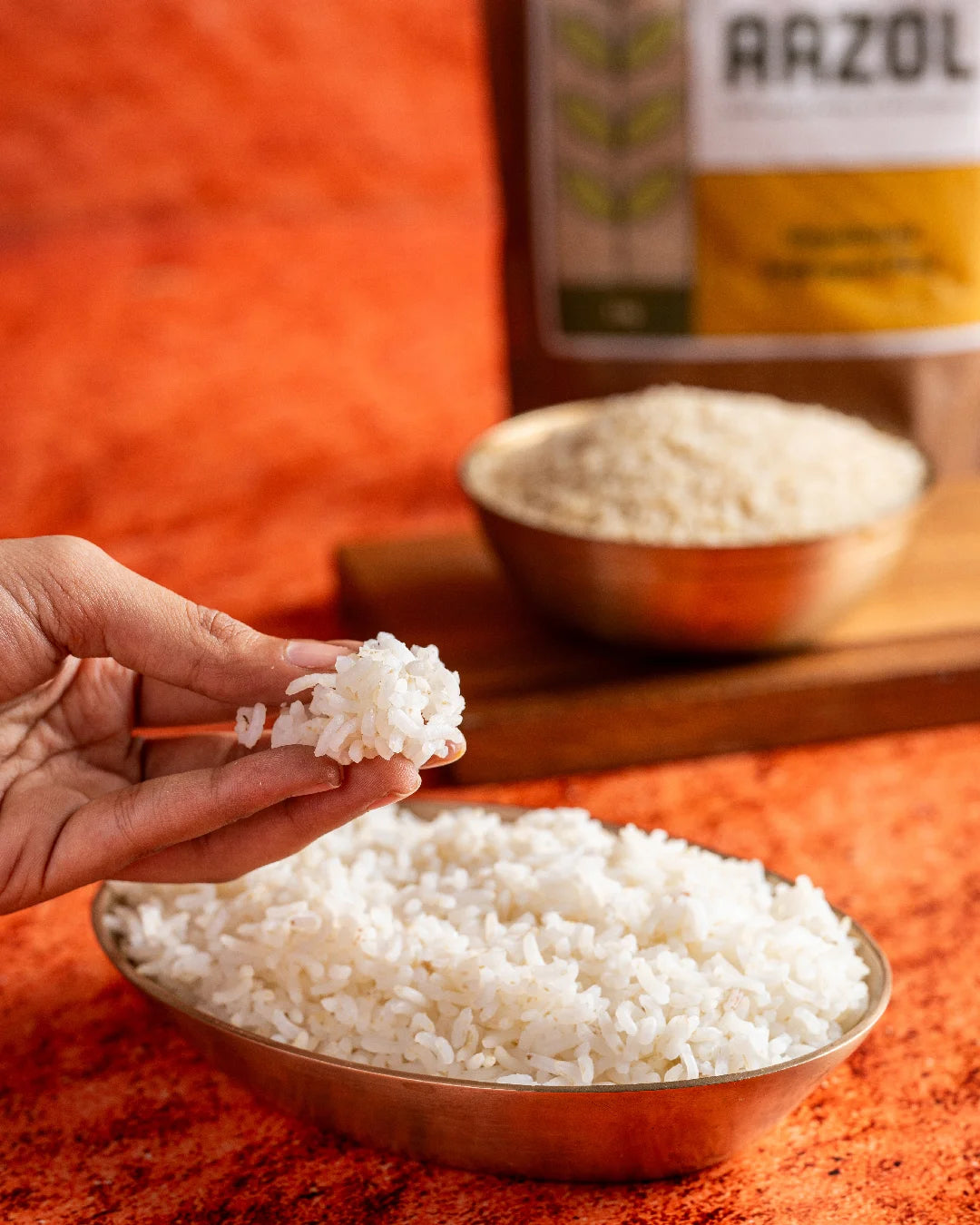

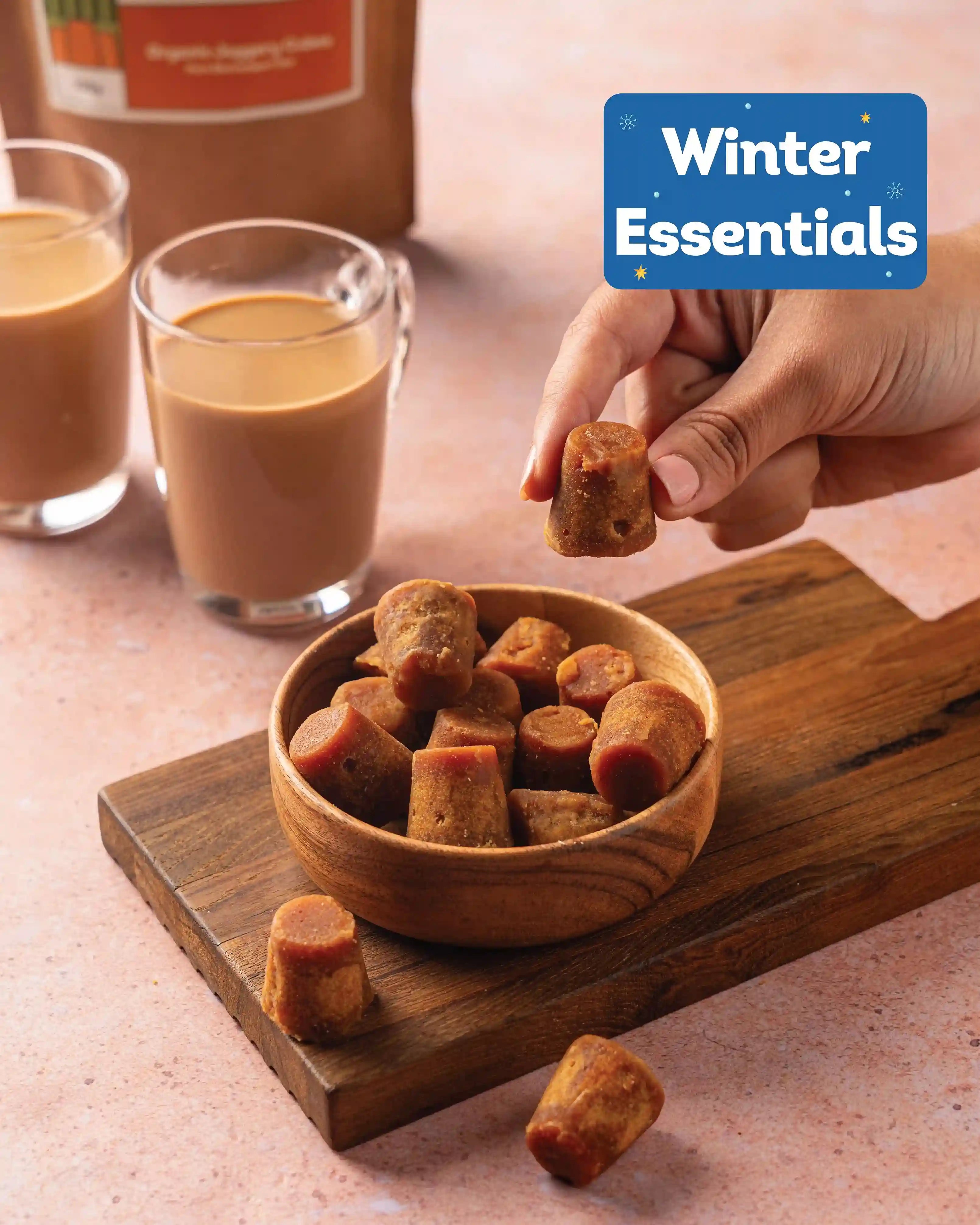

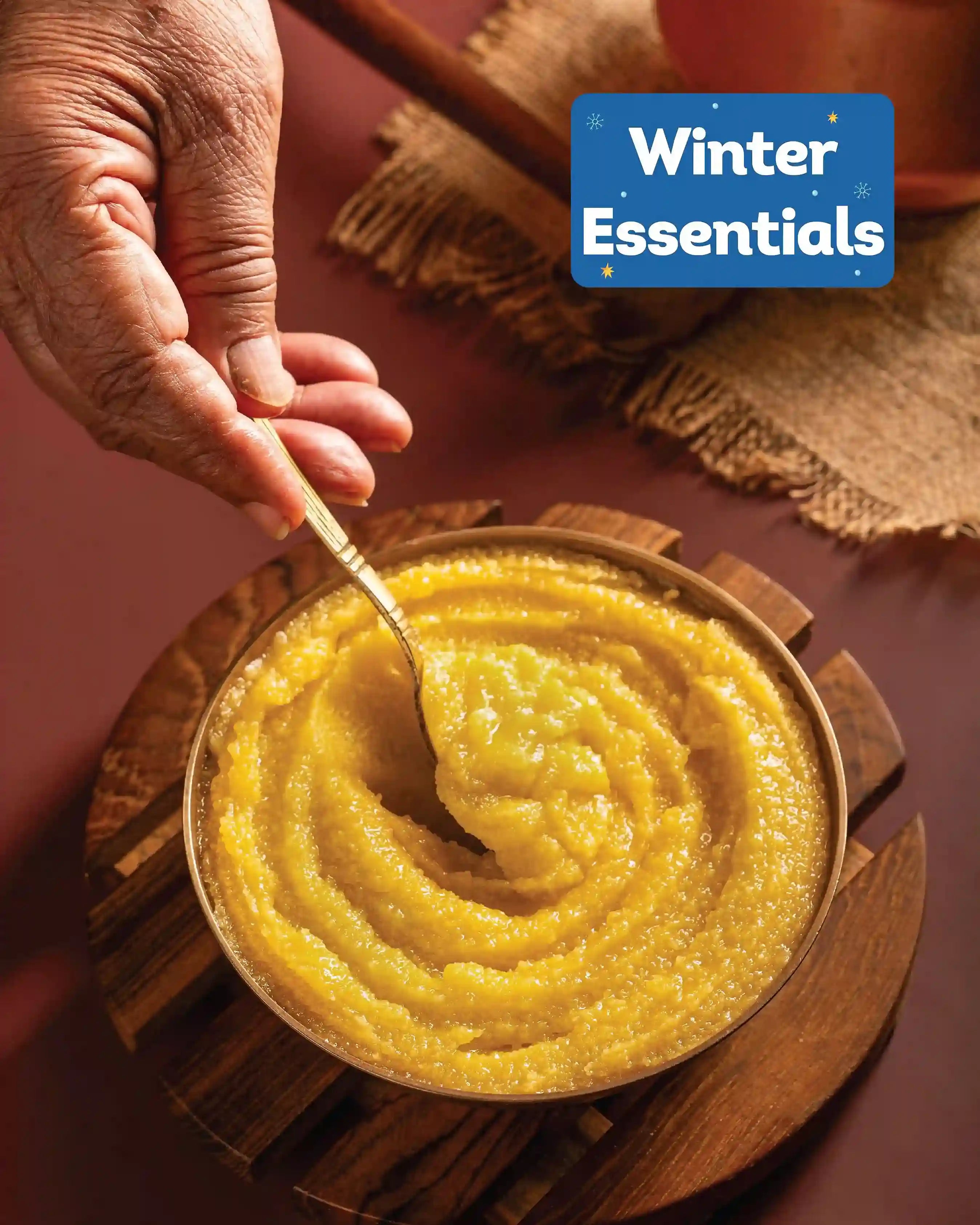
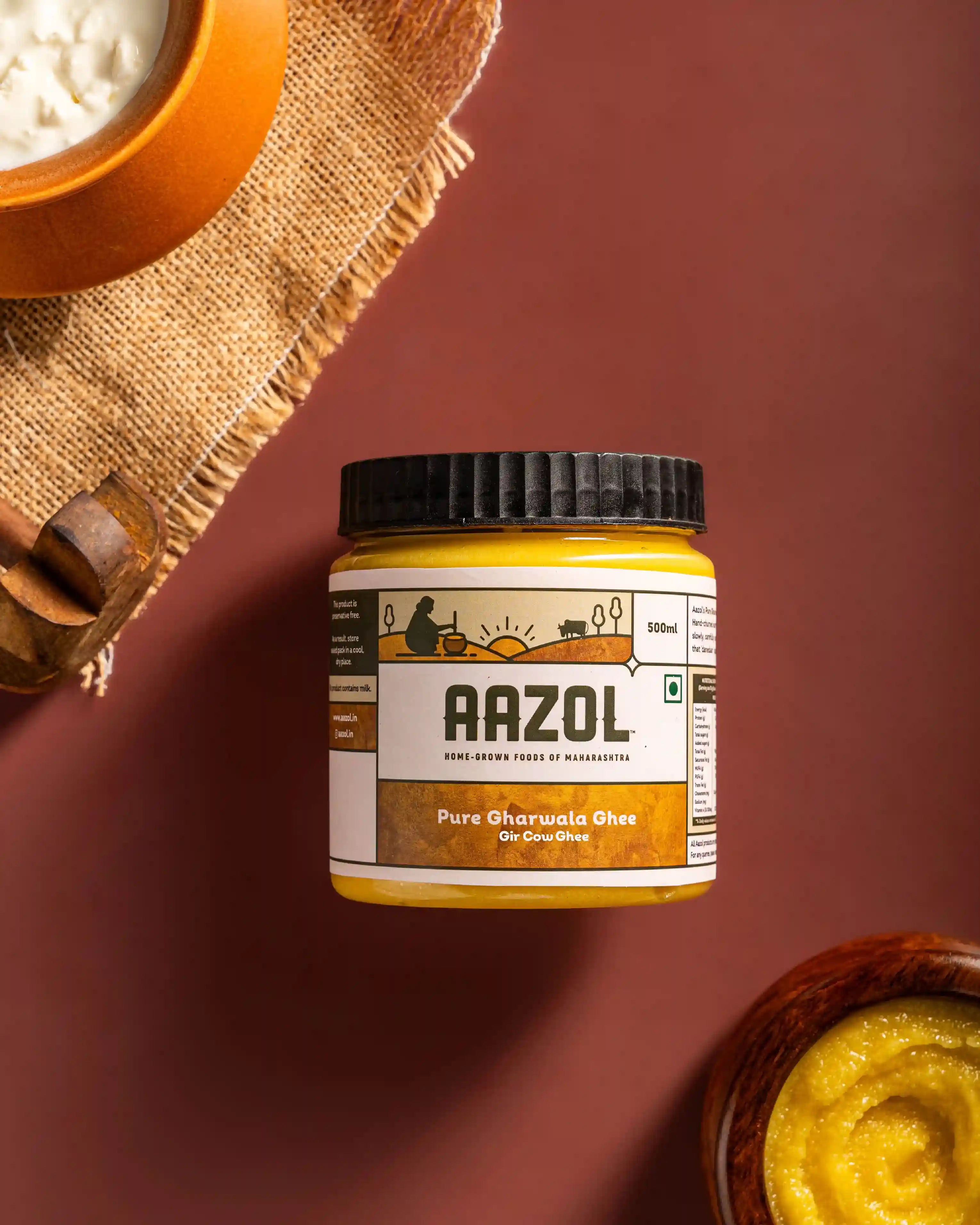
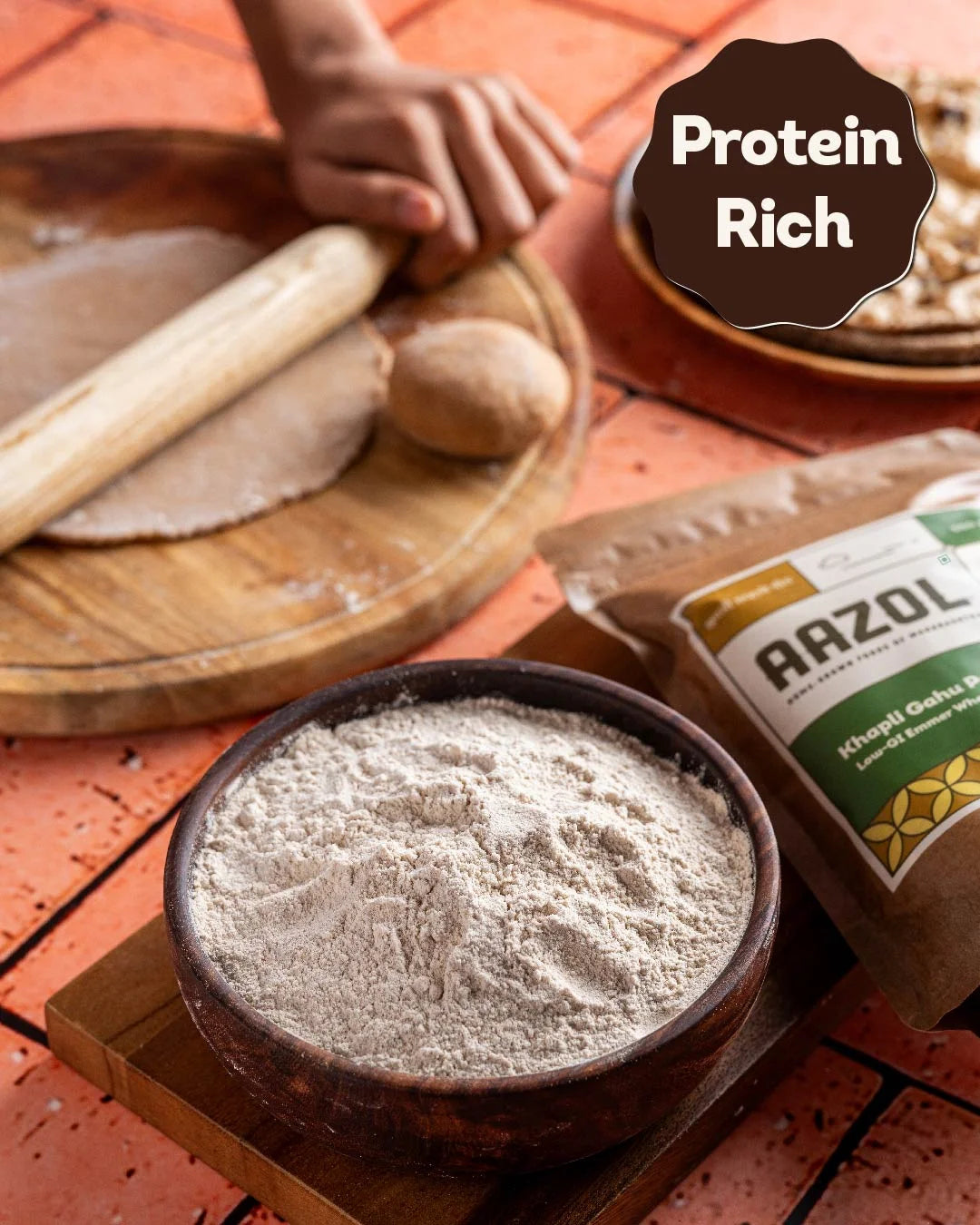
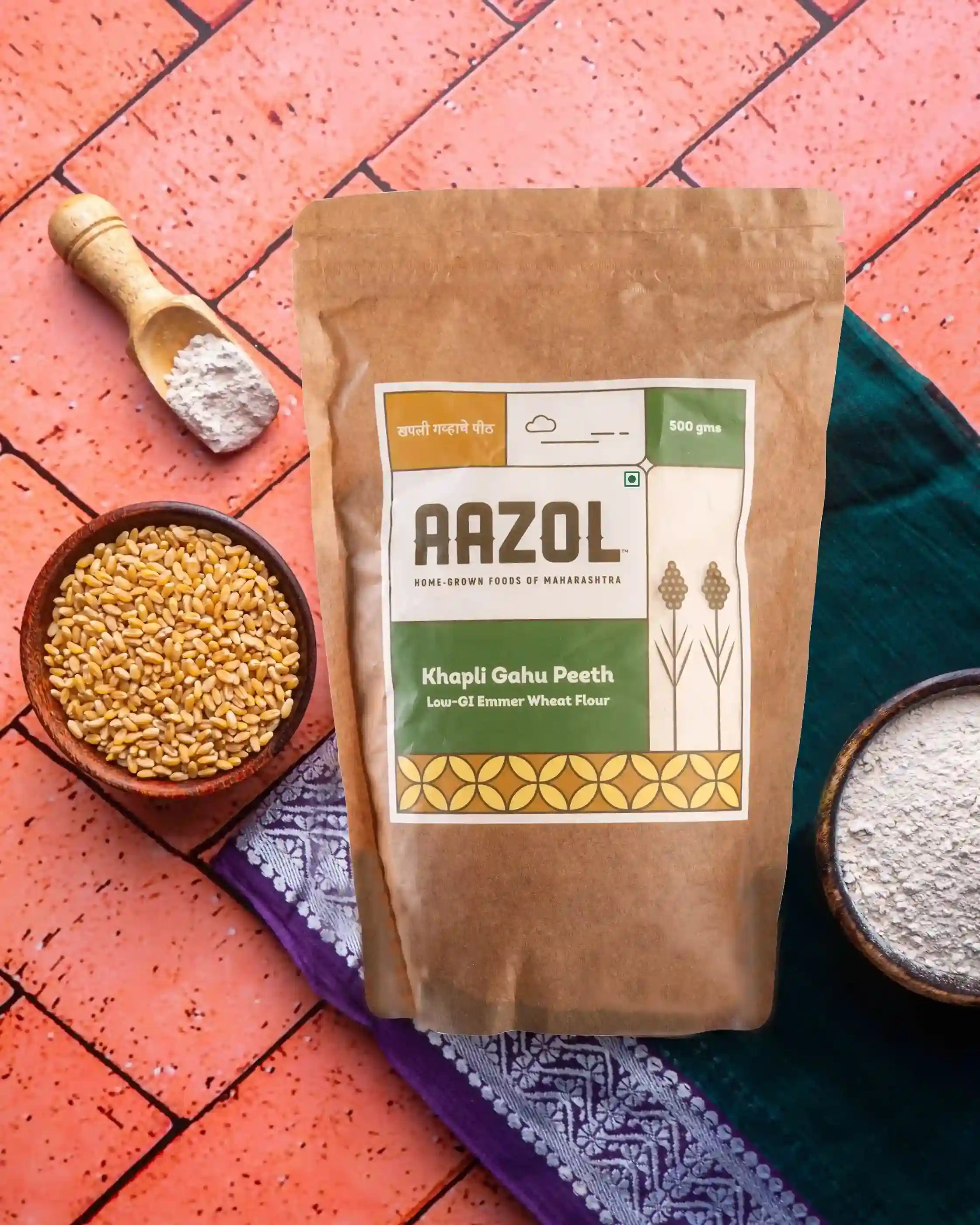
Comments (0)
Your comment may be featured to help others on a similar journey